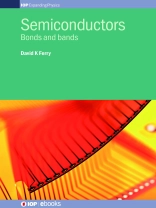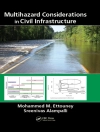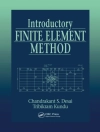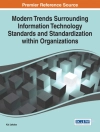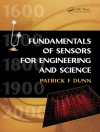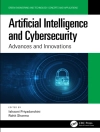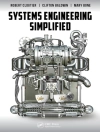It is important to note that semiconductors are quite different from either metals or insulators, and their importance lies in the base that they provide to a massive microelectronics and optics community and industry. This book, written for graduate students, describes how quantum mechanics gives semiconductors their unique properties that enabled the microelectronics revolution and focusses on the electronic band structure, lattice dynamics and electron–phonon interactions in semiconductors; properties that make semiconductors the foundation of the modern microelectronics industry.
Tabela de Conteúdo
1 Introduction
1.1 What is included in device modeling?
1.2 What is in this book?
References
2 Electronic Structure
2.1 Periodic Potentials
2.1.1 Bloch Functions
2.1.2 Periodicity and Gaps in Energy
2.2 Potentials and Pseudopotentials
2.3 Real-Space Methods
2.3.1 Bands in One Dimension
2.3.2 Two-Dimensional Lattice
2.3.3 Three-Dimensional Lattices-Tetrahedral Coordination
2.3.4 First Principles and Empirical Approaches
2.4 Momentum Space Methods
2.4.1 The Local Pseudo-Potential Approach
2.4.2 Adding Nonlocal Terms
2.4.3 The Spin-Orbit Interaction
2.5 The k-p Method
2.5.1 Valence and Conduction Band Interactions
2.5.2 Wave Functions
2.6 The Effective Mass Approximation
2.7 Semiconductor Alloys
2.7.1 The Virtual Crystal Approximation
2.7.2 Alloy Ordering
References
3 Lattice Dynamics
3.1 Lattice Waves and Phonons
3.1.1 One-Dimensional Lattice
3.1.2 The Diatomic Lattice
3.1.3 Quantization of the One-Dimensional Lattice
3.2 Waves in Deformable Solids
3.2.1 (100) Waves
3.2.2 (110) Waves
3.3 Lattice Contribution to the Dielectric Function
3.4 Models for Calculating Phonon Dynamics
3.4.1 Shell Models
3.4.2 Valence Force Field Models
3.4.3 Bond-Charge Models
3.4.4 First Principles Approaches
3.5 Anharmonic Forces and the Phonon Lifetime
3.5.1 Anharmonic Terms in the Potential
3.5.2 Phonon Lifetimes
References
4 The Electron-Phonon Interaction
4.1 The Basic Interaction
4.2 Acoustic Deformation Potential Scattering
4.2.1 Spherically Symmetric Bands
4.2.2 Ellipsoidal Bands
4.3 Piezoelectric Scattering
4.4 Optical and Intervalley Scattering
4.4.1 Zero-Order Scattering
4.4.2 Selection Rules
4.4.3 First-Order Scattering
4.4.4 Deformation Potentials
4.5 Polar Optical Phonon Scattering
4.6 Other Scattering Processes
4.6.1 Ionized Impurity Scattering
4.6.2 Coulomb Scattering in Two Dimensions
4.6.3 Surface-Roughness Scattering
4.6.4 Alloy Scattering
4.6.5 Defect Scattering
References
5 Carrier Transport
5.1 The Boltzmann Transport Equation
5.1.1 The Relaxation Time Approximation
5.1.2 Conductivity
5.1.3 Diffusion
5.1.4 Magnetoconductivity
5.1.5 Transport in High Magnetic Field
5.1.6 Energy Dependence of the Relaxation Time
5.2 The Ensemble Monte Carlo Technique
5.2.1 Free Flight Generation
5.2.2 Final State After Scattering
5.2.3 Time Synchronization
5.2.4 Rejection Techniques for Nonlinear Processes
Sobre o autor
David Ferry is Regents’ Professor Emeritus in the School of Electrical, Computer, and Energy Engineering at Arizona State University. He was also graduate faculty in the Department of Physics and the Materials Science and Engineering program at ASU, as well as Visiting Professor at Chiba University in Japan. He came to ASU in 1983 following shorter stints at Texas Tech University, the Office of Naval Research, and Colorado State University. In the distant past, he received his doctorate from the University of Texas, Austin, and spent a postdoctoral period at the University of Vienna, Austria. He enjoys teaching (which he refers to as “warping young minds”) and research. The latter is focused on semiconductors, particularly as they apply to nanotechnology and integrated circuits, as well as quantum effects in devices. In 1999, he received the Cledo Brunetti Award from the Institute of Electrical and Electronics Engineers, and is a Fellow of this group as well as the American Physical Society and the Institute of Physics (UK). He has been a Tennessee Squire since 1971 and an Admiral in the Texas Navy since 1973. He is the author, co-author, or editor of some 40 books and about 900 refereed scientific contributions.
